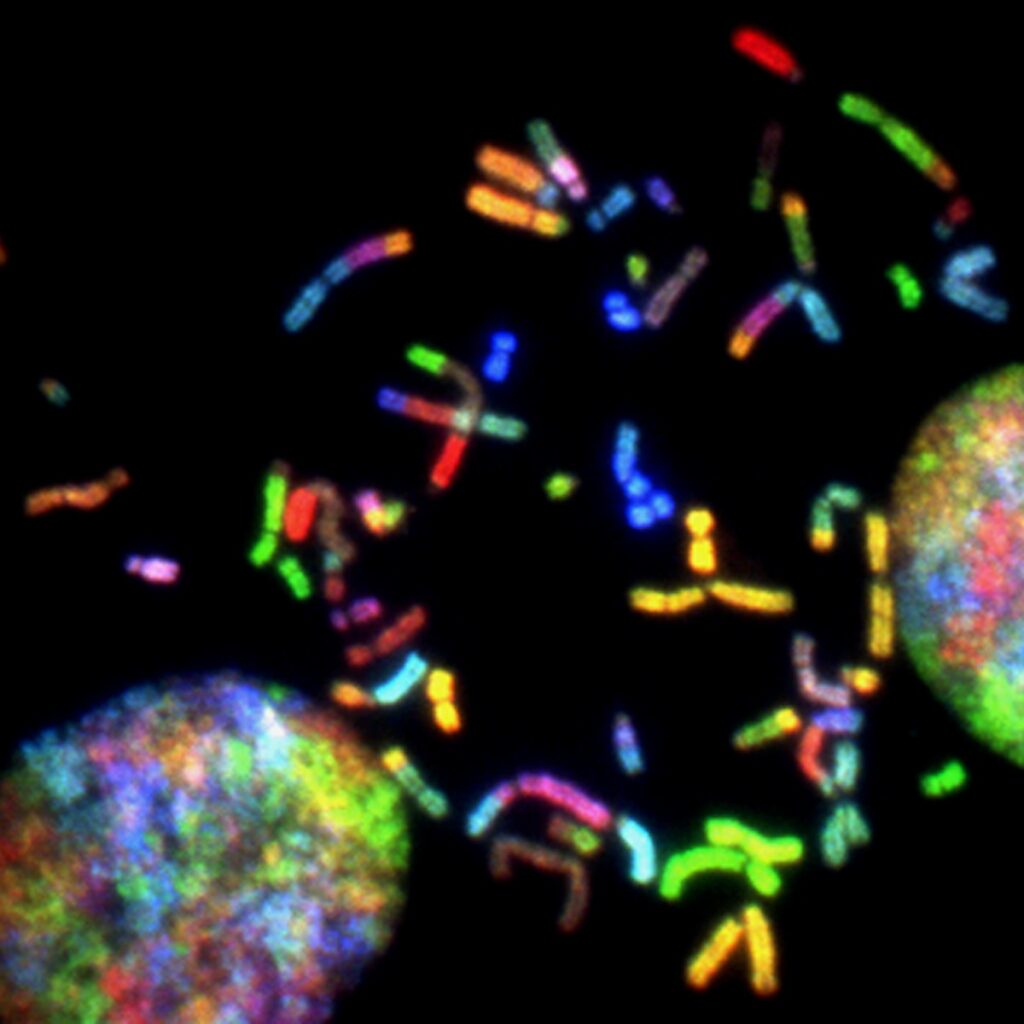The role of genetics in pet illnesses and insurance coverage
Pets are more than just animals, they’re our furry family members. We want to keep them healthy and happy for as long as possible. However, sometimes no matter how much care and attention we provide, our pets still fall ill. The cost of veterinary care can quickly add up – that’s where pet insurance comes in handy. But did you know genetics plays a vital role in the likelihood of your furry friend needing expensive medical treatment?
In this blog post, we’ll discuss the impact genetics has on pet illnesses and how it affects insurance coverage. So buckle up and let’s dive into the world of pet health!
Introduction to Genetics and its Role in Pet Health

Genetics plays a role in pet health in a variety of ways. It can influence the likelihood of developing certain illnesses or conditions, as well as how severe those illnesses may be. Additionally, genetics can affect how well pets respond to treatment and their overall prognosis.
For example, some breeds of dogs are predisposed to certain types of cancer. Other breeds may be more likely to develop joint problems later in life. By knowing the genetic history of your pet, you can be more informed about the potential health risks they face and take steps to prevent or manage those conditions.
Insurance companies also take genetics into account when determining coverage and premiums for pet insurance policies. So, if you’re considering pet insurance for your furry friend, be sure to do your research on the various options available and what each company covers before making a decision.
Finally, some pet owners use genetics to select the best breed for their lifestyle and preferences. By researching various breeds and their genetic histories, you can find a breed whose personality and health history are most likely to match your own. This can help ensure a wonderful, long-term relationship with your pet.
Types of Genetic Diseases Commonly Affecting Pets
There are many different types of genetic diseases that can affect pets. Some of the more common ones include:
- Hereditary diseases: These are conditions that are passed down from parents to offspring. Examples include certain types of heart disease, cancer, and kidney disease.
- Congenital defects: These are abnormalities that are present at birth. They can be due to genetic factors or environmental influences during gestation. Examples include cleft palate, missing limbs, and cardiac anomalies.
- Developmental disorders: These conditions arise during growth and development. They can be due to genetic defects or environmental factors. Examples include hip dysplasia and elbow dysplasia in dogs, and feline leukemia virus (FeLV) in cats.
- Metabolic disorders: These are disturbances of the body’s normal biochemical processes. Examples include diabetes and hyperthyroidism in cats.
- Neurological disorders: These are conditions of the nervous system. Examples include epilepsy, vestibular disease, and Wobbler’s Syndrome in dogs.
Diagnosis of Genetic Disorders in Pets
The role of genetics in pet illnesses and insurance coverage is a topic of much debate. Some experts believe that genetic disorders are responsible for a majority of pet illnesses, while others contend that environmental factors play a more significant role. Regardless of the cause, it is important to be aware of the various ways that these disorders can be diagnosed in pets.
Blood tests are often used to diagnose genetic disorders in pets. By testing for specific genes, veterinarians can identify which animals are at risk for developing certain conditions. However, blood tests are not always accurate, and they can be expensive.
Another common method of diagnosis is through DNA analysis. This type of testing can be used to identify mutations that may be responsible for causing disease. DNA analysis is generally more accurate than blood tests, but it is also more expensive.
Ultrasound and X-rays are sometimes used to diagnose genetic disorders in pets. These imaging techniques can be helpful in identifying abnormalities in the structure of organs or tissues. However, they are not always definitive, and they can be expensive.
Pros and Cons of Insurance Coverage for Pet Illnesses
Just as people can inherit health conditions from their parents, so too can pets. And while we may have insurance to cover our own health care costs, pet insurance is still a new and mostly unregulated industry. So what does pet insurance cover, and is it worth the cost?
The Pros:
- You could save money on vet bills. Pet insurance policies typically reimburse you 50-80% of covered veterinary expenses after you pay a deductible, which can be anywhere from $100-$500. So if your dog tears his ACL and needs surgery that costs $3,000, you might only have to pay $1,000 out of pocket if you have insurance.
- It can give you peace of mind. No one wants to think about their pet getting sick or injured, but it’s always a possibility. Having pet insurance can take some of the financial worry out of an unexpected veterinary emergency.
- Some policies cover preventive care. In addition to coverage for illnesses and injuries, some pet insurance policies also cover preventive care like vaccinations and routine wellness exams. This can help you keep up with your pet’s health without breaking the bank.
- It’s easy to sign up. Most pet insurance companies allow you to sign up online in just a few minutes, and some even offer instant approval so your coverage can start right away.
- Discounts are available. Many companies offer discounts on premiums if you sign up more than one pet, as well as discounts for multiple-year policies or when a policy is paid in full.
The Cons:
- It can be expensive. Pet insurance policies vary greatly in cost, but they are generally expensive over the long term—especially considering the fact that most cats and dogs don’t live much longer than 12-16 years.
- It may not cover pre-existing conditions. Most pet insurance companies will not cover pre-existing conditions, so if your cat or dog was already sick before you bought a policy it won’t do you any good.
- Some plans don’t cover certain treatments. Depending on the plan you choose, there may be exclusions for certain treatments like behavioral training and alternative therapies like acupuncture and chiropractic care for pets.
- Claims can be complicated to process. Many pet insurance companies require detailed documentation of your vet bills along with other proof of treatment before they will reimburse you, which can take time and effort to assemble correctly.
Steps To Follow For Getting Insurance Coverage for Your Pet
- Research the genetic health of your pet’s breed. Some breeds are predisposed to certain genetic diseases, so it’s important to be aware of any potential health concerns.
- Share your research with your veterinarian and discuss any possible tests or screenings that could be done to assess your pet’s risk for developing a genetic disease.
- Based on your vet’s recommendations, consider purchasing insurance for your pet that covers genetic illnesses. Many policies have exclusions for pre-existing conditions, so it’s important to get coverage as early as possible.
- Stay up to date on the latest research about your pet’s breed and genetic health risks. This will help you make informed decisions about their care and whether or not to continue their insurance policy.
Tips for Pet Owners With Genetic Illnesses
As a pet owner, it’s important to be aware of the role genetics can play in your pet’s overall health. While there are many factors that contribute to your pet’s individual health, genetic illnesses can be passed down from generation to generation and are often out of your control.
There are steps you can take, however, to help your pet live a long and healthy life despite any genetic predispositions. First, work with your veterinarian to develop a customized care plan for your pet based on their specific needs.
Be sure to stay up-to-date on all recommended vaccinations and preventive care measures, such as routine dental cleanings and regular check-ups. These routine wellness visits can help catch any potential health problems early on, before they become serious.
Additionally, consider investing in pet insurance coverage. While this won’t prevent your pet from developing a genetic illness, it can help offset the costs of treatment if they do become sick or injured.
Conclusion
We hope this article has provided an overview of the role of genetics in pet illnesses and insurance coverage. It is important to be aware of the risks posed by hereditary conditions as they can impact both your pet’s health, overall quality of life, and make it difficult to get affordable insurance coverage. Researching specific breeds ahead of getting a pet or buying suitable insurance coverage is always a wise course of action that will ensure you are well prepared for any potential problems down the line.







